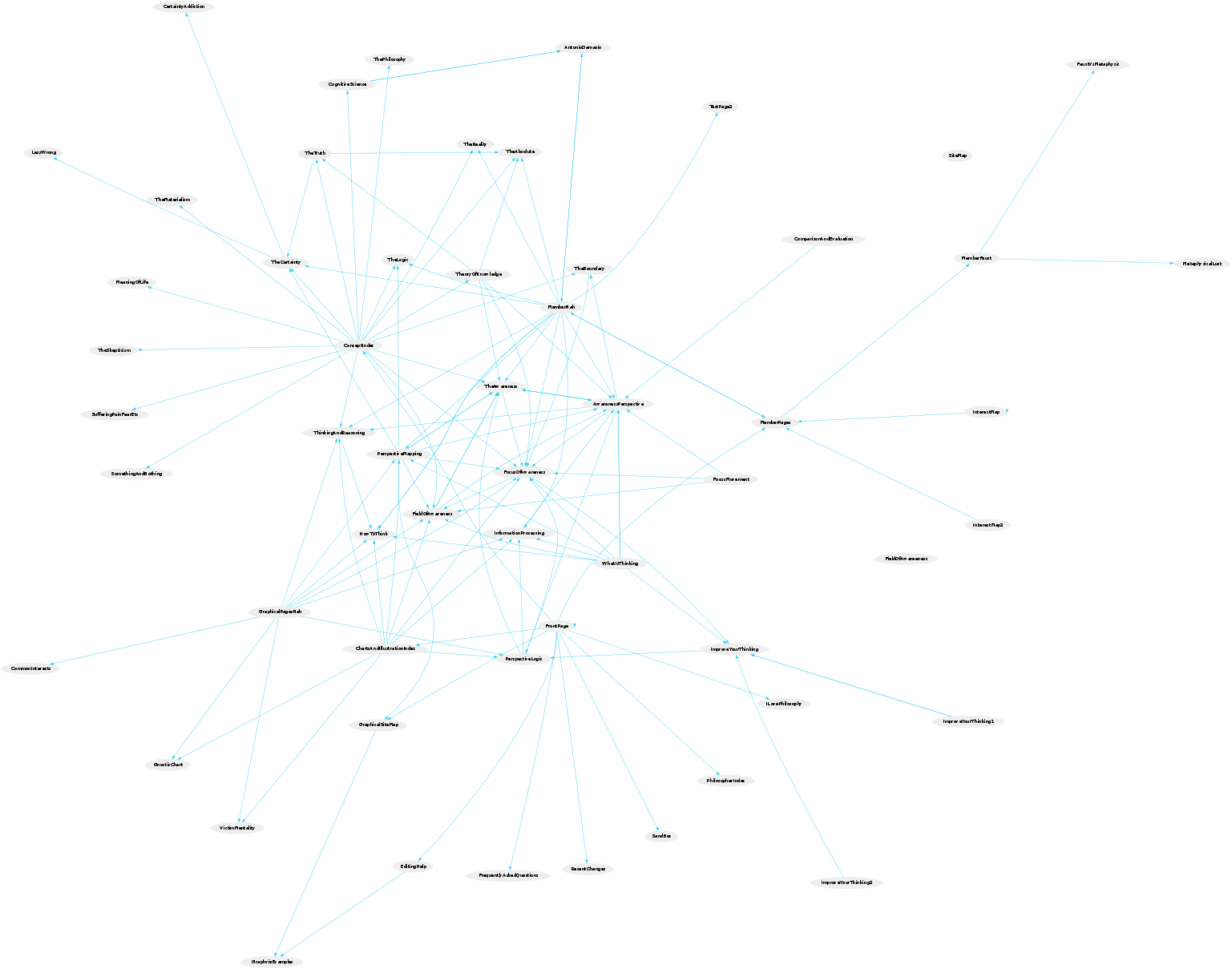When we wake up from sleep, the certainty of different layers (like sound, location awareness, orientation awareness, mid term memory, longer term memory, etc) comes up, sometime very quickly and sometime nearly one by one, very slowly.
And there is another kind of waking up.
The awakening that come with what some people may call and existential angst/anxiety.
I think it’s stronger if one is more aware.
It seems, this is caused by the presence of conflicting/contradicting certainties.
The sense of certainty of physical or other realm is contradicting the sense of certainty coming from the awareness of awareness or awareness of void underlying the awareness of awareness.
So, first we wake up to the physical (and also human) realm.
Then we wake up toward emptiness, most probably.
Void ==> Awareness ==> … some realms … ==> physical (human) realm.
Construction of certainty is done without much self-awareness, till the physical realm, where the tremendous stability/solidity allow us to think anything in any way without worrying about the potential influence on the environment.
Void <== Awareness <== … some realms … <== physical (human) realm.
And when we wake up in underlying realm, the sense of certainty of previous realm is lost.
So, if the sense of certainty in the basic awareness is strong, the sense of certainty of all the rest (some realm to human realm) would fade.
If the sense of certainty is void is strong, somehow, even the sense of certainty in awareness is lost.
When the sense of certainty is the previous level is lost, there is no more conflict/contradiction of certainties.
The sense of certainty one feels in physical realm isn’t uniform, either.
Some are more connected with their sensory system and thus their reality (the realm they feel certain) is the physical world. Usually, it makes them materialist, objectivist, etc. They are more concerned with physical survival.
Some are more concerned with emotion. They feel more certainty with their feeling/emotion and thus they tend to become religious person. They tend to be absolutist.
And some others may feel more certainty with their reasoning and thus they become thinker. They can become more logical (in broader sense).
But often, we are the mixture of these, depending on the day and time and given situation.
People who have stronger sense of certainty with logic can potentially understand the relative nature of thought (and all information processing). This (the lack of absolute) may cause their sense of certainty, in general, to sharply drop down.
Also, if they seek the absolute, it will lead them to understanding of emptiness and this create a tunnel, tube, worm hole, or shuttle from physical realm to more basic realm.
Combined with the understanding of the nature of logic (in the broader sense, in the sense of information processing), this anchorlessness reduces the certainty of any realm.
When the certainty of basic separation/division, and even awareness is gone, it allow the person to digest both negatively and positively perceived information because the stickiness and resistance/friction created by it is reduced (or can be canceled).
So, these reduces and breaks the membranes that separated conscious/subconscious and also physical and other realms, making observation and shifting of awareness a lot easier.
 [/tab]
[/tab]